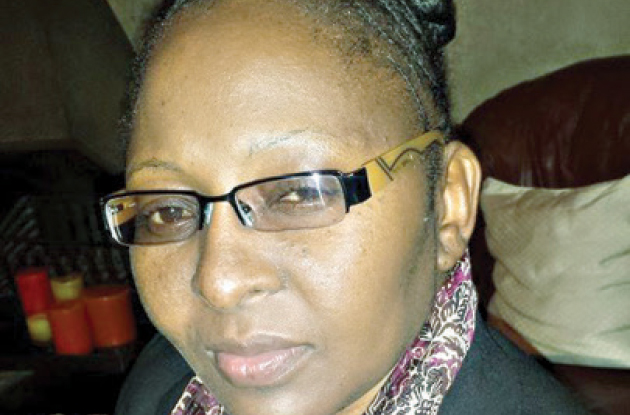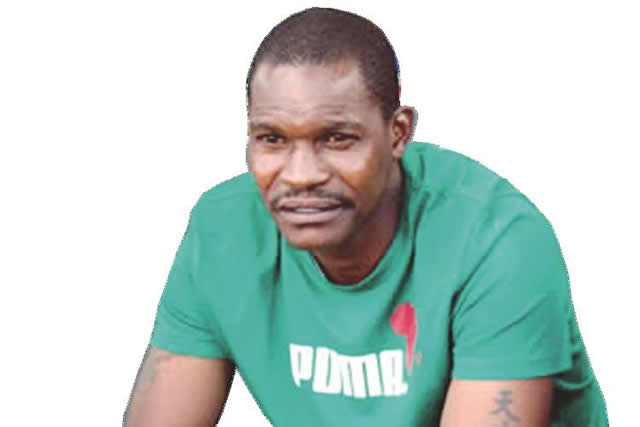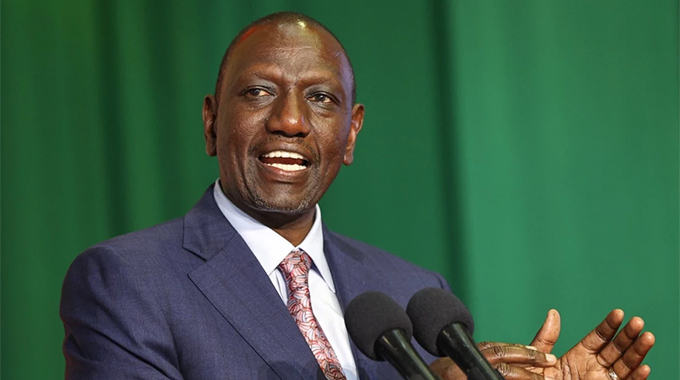BCC relaxes water rationing

Auxilia Katongomara, Chronicle Reporter
BULAWAYO residents will for the first time in over five years be able to use hose pipes without being penalised after the Bulawayo City Council, on Wednesday, relaxed the water rationing regime.
Residents can now use between 600 and 900 litres of water daily up from between 500 and 750 litres.
The upward review of water rationing limits follows heavy rains that the country received in the 2016-2017 rainy season that saw all but one of the city’s supply dams spilling.
The Bulawayo City Council Senior Public Relations Officer, Mrs Nesisa Mpofu, said the water rationing limit was approved by council during a full council meeting on Wednesday.
“While the rationing limits have been relaxed, water rationing remains in force as the water supply system cannot manage to meet unrestricted demand,” said Mrs Mpofu.
Water rationing allocations have been increased for all areas by 15 percent and the five kilolitres free water allocation per month remains in place for all residential properties.
She said although the ban on hose pipes had been lifted, residents must adhere to the daily water rationing limit and defaulters would be fined for excessive use.
Council has, however, maintained the ban on the use of tap water for construction purposes.
“The ban on use of hose pipes use for gardening is temporarily suspended with this proposed water rationing scheme. Construction with potable water remains prohibited. Consumers are urged to use boreholes and reclaimed water for non-potable uses,” said council in the latest council report
The revision of the water rationing limit follows the last one which was carried out in April 2014 when the city’s dams had received significant inflows.
According to the new schedule high density suburbs can now use 600 litres up from 500 litres while low density will now be using at least 900 litres up from 750 litres daily.
Residential flats with individual meters are expected to use 500 litres per day up for 450 litres per day.
Hotels, schools, clinics, churches, restaurants, sports clubs and commercial consumers can now use about 115 percent of their average water consumption for the period ending March 2014 when the present rationing regime was introduced.
“The water supply in the city’s six supply dams is expected to last 49, 3 months (about four years) taking into consideration the current consumption patterns, minimal growth population and new connections from future housing projections,” read the report.
Water rationing in Bulawayo has been in force since 1984 due to recurrent droughts which started in the 1980s.
— @AuxiliaK









Comments